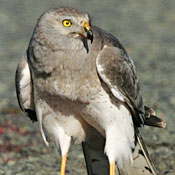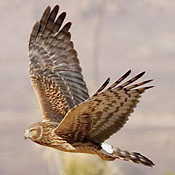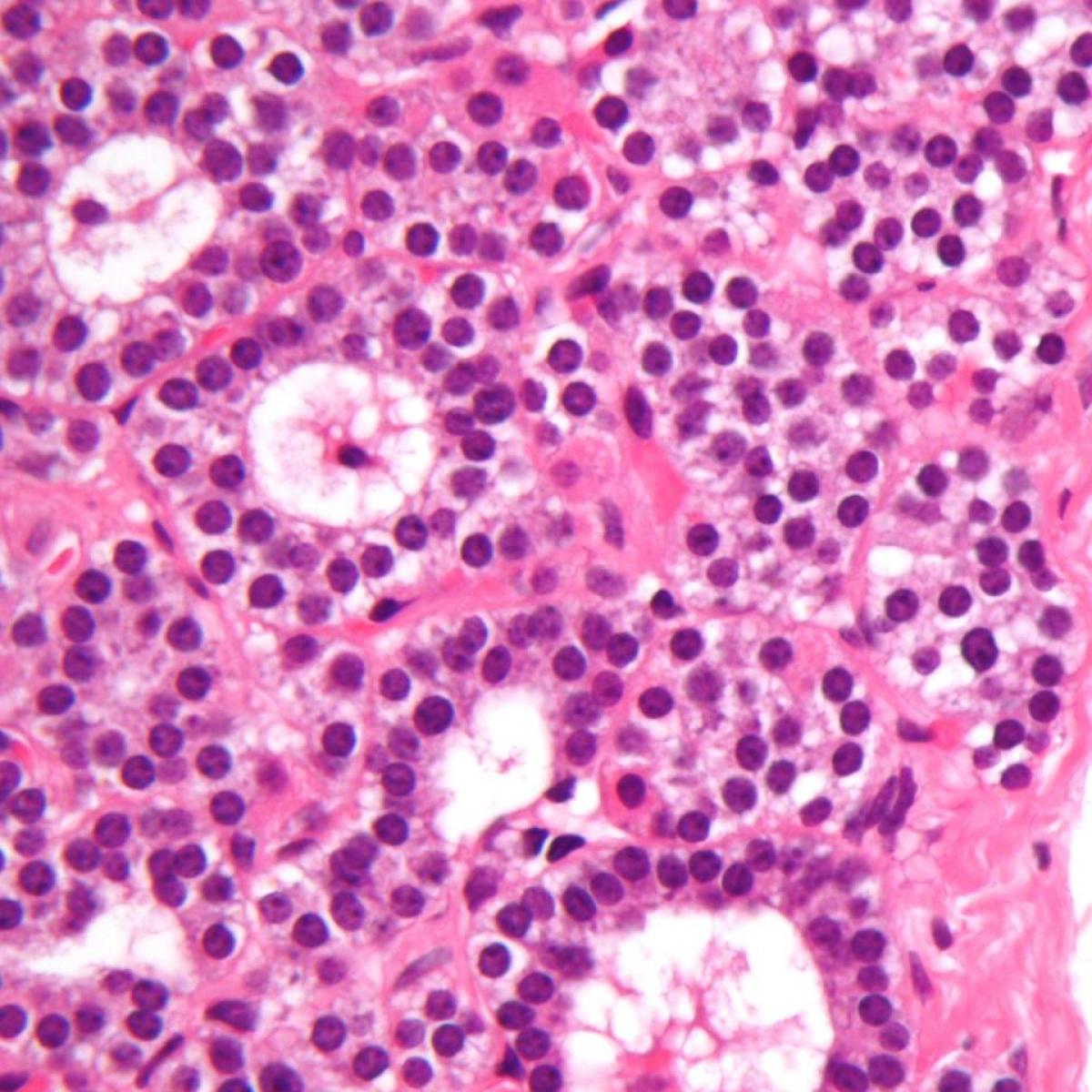Northern Harrier
Circus cyaneus

Hawk Like

Length: 23 in. (58 cm )
Usually seen soaring low over open fields, marshy areas and prairies, this hawk feeds on small birds, mammals, snakes, frogs, and large insects. It will also eat carrion when available. It uses its disc-like facial feathers to focus sounds and locate prey in dense grassy areas. The nest is an small platform of sticks and grass elevated off the ground in dense grass or marsh vegetation. During the winter this species roosts communally on the ground in groups of 5 to 20 individuals.
The four-digit banding code is NOHA.
Bibliographic details:
- Article: Northern Harrier
- Author(s): Dr. Biology
- Publisher: Arizona State University School of Life Sciences Ask A Biologist
- Site name: ASU - Ask A Biologist
- Date published:
- Date accessed:
- Link: https://askabiologist.asu.edu/activities/bird/northern-harrier
APA Style
Dr. Biology. (). Northern Harrier. ASU - Ask A Biologist. Retrieved from https://askabiologist.asu.edu/activities/bird/northern-harrier
Chicago Manual of Style
Dr. Biology. "Northern Harrier". ASU - Ask A Biologist. . https://askabiologist.asu.edu/activities/bird/northern-harrier
Dr. Biology. "Northern Harrier". ASU - Ask A Biologist. . ASU - Ask A Biologist, Web. https://askabiologist.asu.edu/activities/bird/northern-harrier
MLA 2017 Style
Be Part of
Ask A Biologist
By volunteering, or simply sending us feedback on the site. Scientists, teachers, writers, illustrators, and translators are all important to the program. If you are interested in helping with the website we have a Volunteers page to get the process started.






